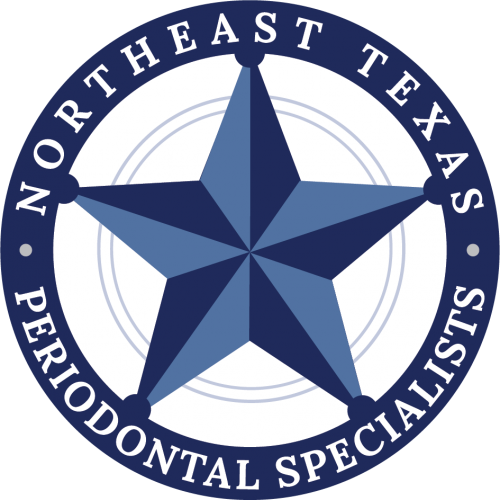Gum Grafting Recovery
A gum graft is a surgical procedure used to restore receding gums by transferring tissue from one area of the mouth to another. Understanding the operation and its aftermath, from initial soreness to full healing, can help patients prepare and recover with confidence.
The gum grafting operation is performed under local anesthesia, which means there should be little to no pain during the procedure. Subsequent post-operation recovery unfolds in stages. Once the surgery is over and anesthesia wears off, most patients experience mild to moderate pain and tenderness. This discomfort usually peaks within the first one or two days and then begins to decline. Swelling is common during this early phase, and a few people may even notice slight bleeding. Fortunately, these symptoms usually ease within a week or two, and most patients find the pain much less severe than they had anticipated.
Best Practices for Pain Management
Managing discomfort starts with following your dentist’s instructions closely. By following aftercare instructions, eating carefully, and attending scheduled check-ins, most patients experience a smooth recovery and lasting improvements in gum health and comfort.
Diet plays a vital role in recovery. In the first few days, it is best to stick to soft, cool foods such as smoothies, yogurt, mashed potatoes, or oatmeal. Avoid hot, spicy, acidic, crunchy, or hard foods that could irritate graft or donor sites. After about a week, many patients can begin to reintroduce softer solids into their diet.
Oral hygiene must be handled with care. Brushing and flossing near the graft site should generally be avoided for the first week or so. During this time, an antimicrobial mouthwash may be recommended to prevent infection without disrupting healing tissue. Once your dentist gives the green light, gentle brushing around the area can resume, gradually transitioning to normal hygiene routines by the end of the second week.
Applying ice packs to the outside of the cheek in short intervals can also help reduce swelling and soothe soreness. Rest and minimal physical exertion during the first days are strongly advised.
Long-Term Care
By the end of the first week, most of the initial swelling and tenderness have subsided. Sutures may dissolve on their own or be removed during a follow-up visit. Between the second and fourth week, the grafted tissue begins to integrate more fully with the surrounding gum, becoming stronger and firmer. Some patients may still notice mild sensitivity, especially to temperature changes, but this tends to fade with time.
Although the visible healing process occurs within a few weeks, complete tissue integration continues beyond that. Full recovery typically takes four to six weeks, but in some cases it may extend slightly longer. During this period, new connective tissue strengthens the graft, while bone and gum structure stabilize. Patients are encouraged to maintain follow-up appointments so their dentist can monitor progress, reinforce proper hygiene, and address any concerns.
Complications during recovery are uncommon, yet it is important to stay alert for signs that merit attention. Persistent bleeding beyond the first couple of days, increasing pain, swelling that worsens rather than improves, or signs of infection—such as fever, pus, or foul odor—should prompt a call to your dental provider right away.

